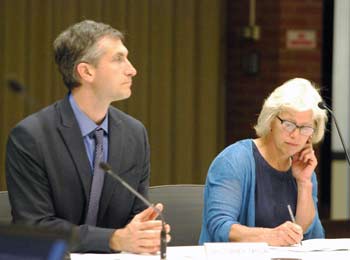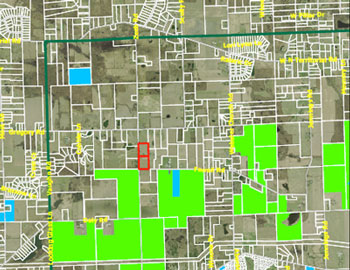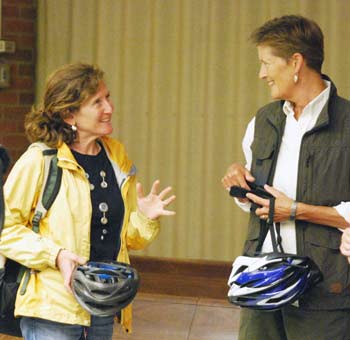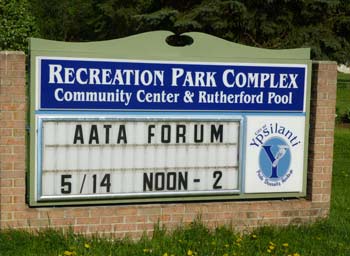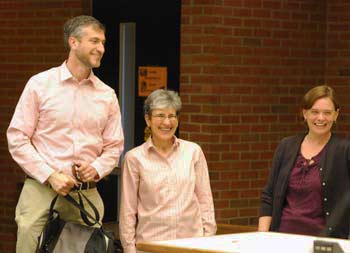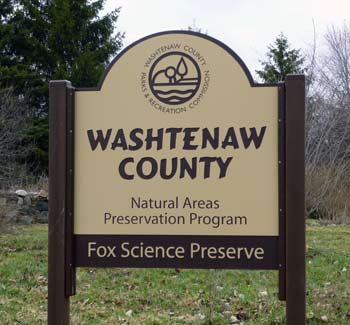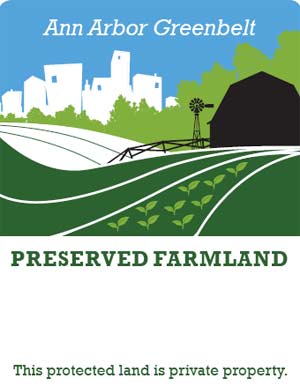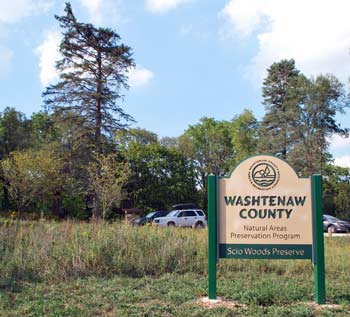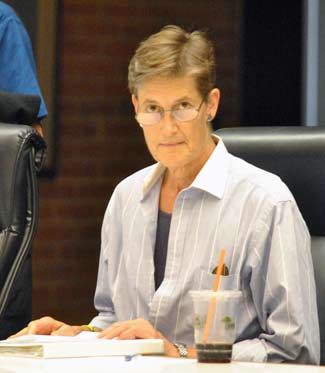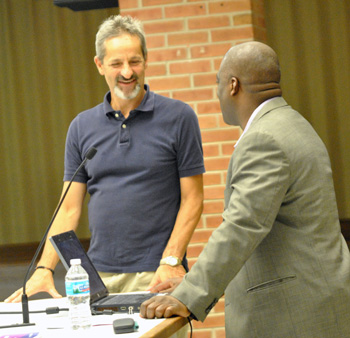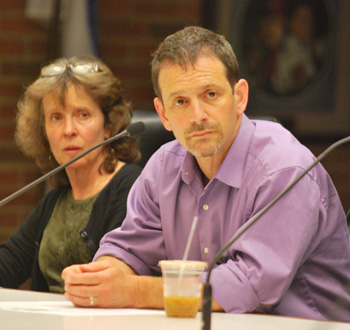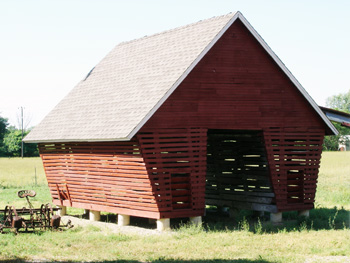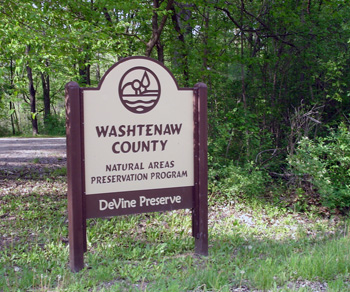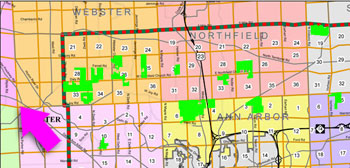Washtenaw County parks & recreation commission meeting (Sept. 10, 2013): WCPARC’s September meeting had only three action items, but they were each significant.
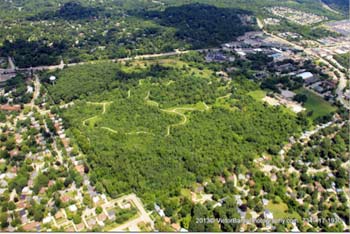
Aerial view of County Farm Park, located in Ann Arbor south of Washtenaw Avenue, between Medford and Platt. The county parks & recreation commission has budgeted $250,000 in 2015 to put in a dog park on the west side of the park. (Photo by Victor Banta, included in the WCPARC Sept. 10, 2013 meeting packet.]
First, the commission gave final approval for a natural areas preservation program purchase: $390,005 to buy 13 acres from members of the Harwood family, located along Michigan Avenue in Pittsfield Township. The property is primarily high quality native woodland, nearly devoid of invasive species. In addition, it is proximate to the Pittsfield Preserve, owned and operated by Pittsfield Township, so existing trails can be extended, and there is a possibility of using a single parking lot for both sites.
Parks & rec commissioners also gave permission to spend up to $100,000 at the Meri Lou Murray Rec Center to replace the HVAC system’s pneumatic controls with digital controls. The project has been delayed because of a recent court ruling related to construction unity board (CUB) agreements.
The final major agenda item was approval of proposed budgets for 2014 and 2015 and projected budgets for 2016 and 2017. Bob Tetens, director of WCPARC, presented the budgets in the context of WCPARC’s millage history and developments since the mid-1970s, as well as budget strategies underlying all the proposals. The budget contains separate sections for the natural areas preservation program (NAPP) and for parks operations & development, because they are supported by separate millages. [.pdf of WCPARC budget document]
The 2013 operations & development budget of $13.79 million in expenditures drops to $10.417 million next year. The staff is proposing a budget of $13.574 million in expenditures for 2015. The projected budgets in 2016 and 2017 are $12.672 million and $10.009 million, respectively. Over the four years from 2014-2017, the operations & development budget – which does not include NAPP – will draw from its fund balance. At the end of 2012, the operations & development fund balance was $12.95 million. By the end of 2017, the fund balance is projected to drop to $2.8 million.
Expenditures for NAPP are projected to remain flat in the 2014-2015 budgets, at around $3.7 million annually, then drop to about $3.5 million in 2016 and 2017.
Commissioners discussed renewing the parks operating millage, which expires in 2016. It’s possible that staff will recommend putting a renewal on the November 2014 ballot. Other discussion focused on efforts to make WCPARC’s operations more self-sufficient, and whether personnel expenditures could be reduced.
The budget section on capital improvements generated discussion about dog parks. In 2015, a dog park is tentatively slated for the Medford Road side of the 141-acre County Farm Park, at a projected cost of $250,000. Some commissioners expressed concerns about WCPARC’s existing Swift Run dog park, which was developed in partnership with the city of Ann Arbor at the southwest corner of Platt and Ellsworth. Complaints focused on the lack of shade and water, but Tetens explained there are constraints about what can be done on that site, stemming from the dog park’s location on a former landfill.
Commissioner Rolland Sizemore Jr. suggested that WCPARC should invest in the Swift Run dog park “or give it to Ann Arbor.” The city of Ann Arbor is currently exploring the possibility of adding another dog park that would be more centrally located. A public forum for that effort is set for Tuesday, Sept. 24 from 7-9 p.m. at the Traverwood library, 3333 Traverwood Drive. [Full Story]








